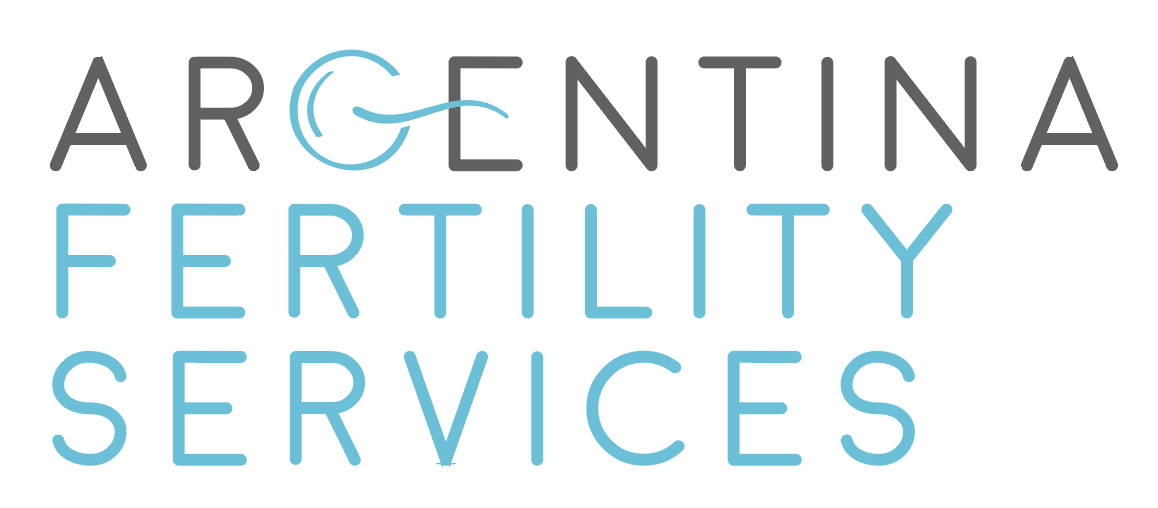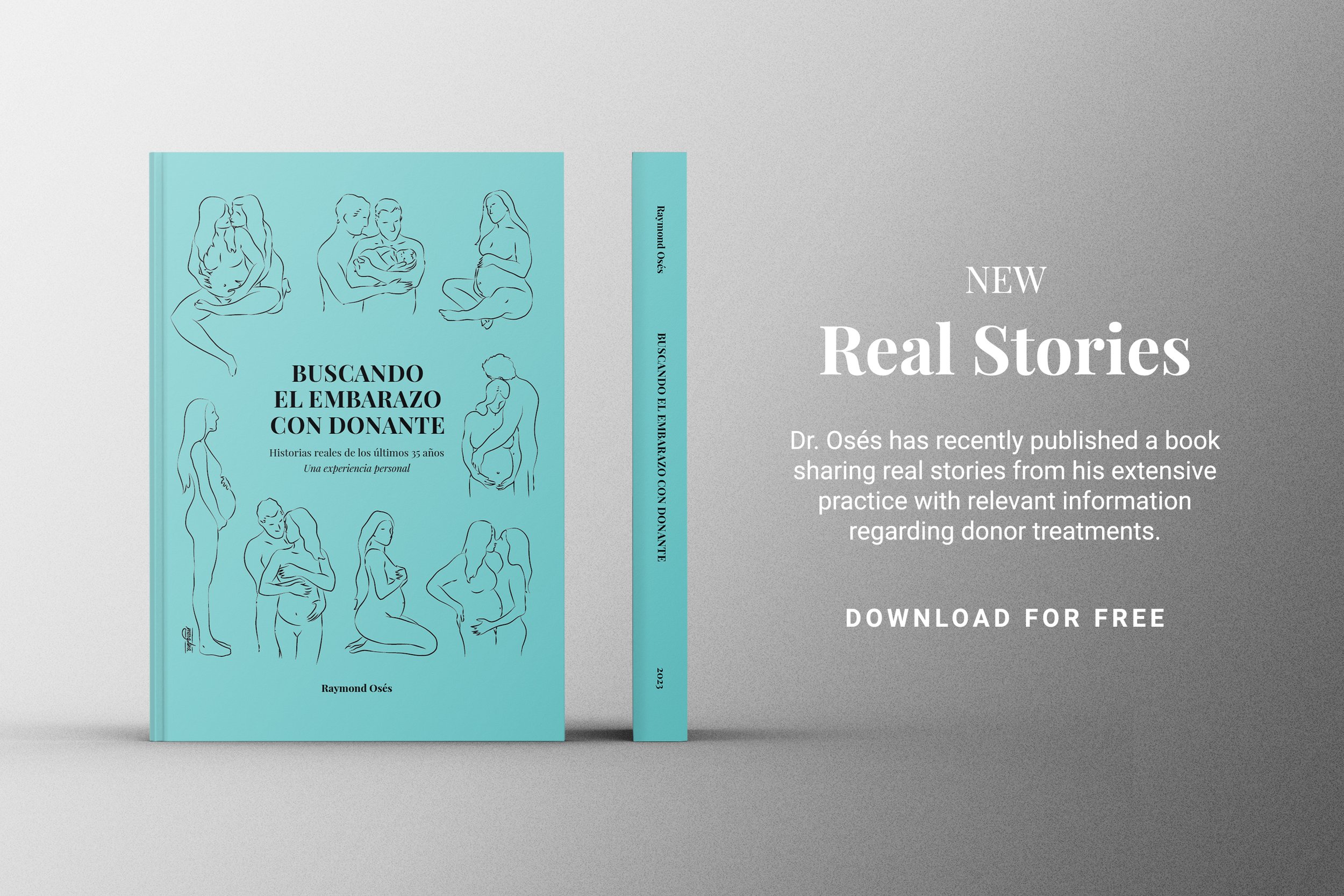Assisted Reproduction
Assisted reproductive technology has been around for decades and, for the most part, has become a routine practice for reproductive specialists around the world due to increasing knowledge and experience. The success rates seem to be quite similar among institutions, as evidenced by peer reviewed articles and presentations at international meetings.
On the other hand, the divergent regulations existent in different countries has resulted in a newly recognized phenomenon referred to as ‘cross-border reproductive care.’ The term has been proposed after acknowledging the fact that some citizens have to resort to other countries to receive certain reproductive services their own governments do not allow or provide. In certain countries costs are high while, in others, treatments involving donors cannot be undertaken due to local restrictions such as lack of donors or belonging to a specific social group (single and/or same sex couples).


